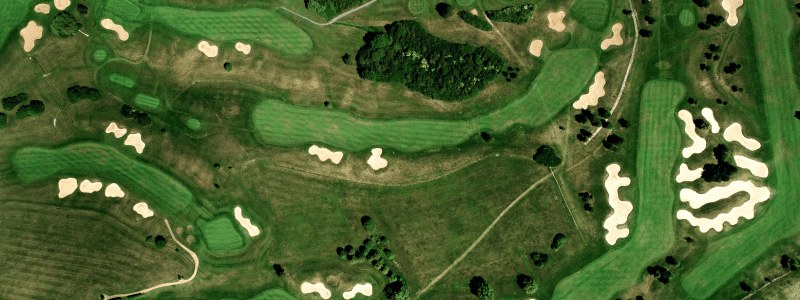How are golf courses rated?
Golf courses are typically rated and evaluated using a variety of criteria to assess their quality and playing experience. The two most common methods of rating golf courses are through a course rating system and a slope rating system. These systems are used to provide an objective measurement of a course’s difficulty and to facilitate fair competition among players of different skill levels.
1. Course Rating: The course rating system evaluates the difficulty of a golf course for a scratch golfer, which is a player with a handicap of 0. The rating takes into account factors such as length, obstacles, hazards, green size, and overall design. A team of experienced golf course raters assesses each hole individually, considering its challenge and potential scoring difficulty. The sum of these ratings provides an overall course rating, expressed as a number, which indicates the average number of strokes a scratch golfer would be expected to score.
2. Slope Rating: The slope rating system complements the course rating system by assessing a course’s difficulty for players with different handicaps. The slope rating measures the relative difficulty of a course for a bogey golfer (a player with a handicap higher than 0) compared to a scratch golfer. It takes into account factors like the course’s length, obstacles, rough, and green speed. The slope rating is expressed as a number ranging from 55 to 155, with higher numbers indicating a greater relative difficulty for higher handicap players.
Together, the course rating and slope rating provide golfers with information about the expected challenge they will face when playing a particular course. This allows players to adjust their handicaps accordingly for equitable competition in tournaments and casual rounds.
In addition to these formal rating systems, golf courses may also be evaluated and ranked by golf publications, professional golf organizations, or through customer reviews. These assessments often consider factors beyond just the difficulty of the course, such as course conditions, aesthetics, amenities, customer service, and overall experience.
It’s important to note that the rating of a golf course can be subjective to some extent, as different golfers may have varying preferences and playing styles. However, standardized rating systems aim to provide a consistent and objective measure of a course’s difficulty and overall quality, helping golfers make informed decisions about where to play and ensuring fair competition across different courses.


